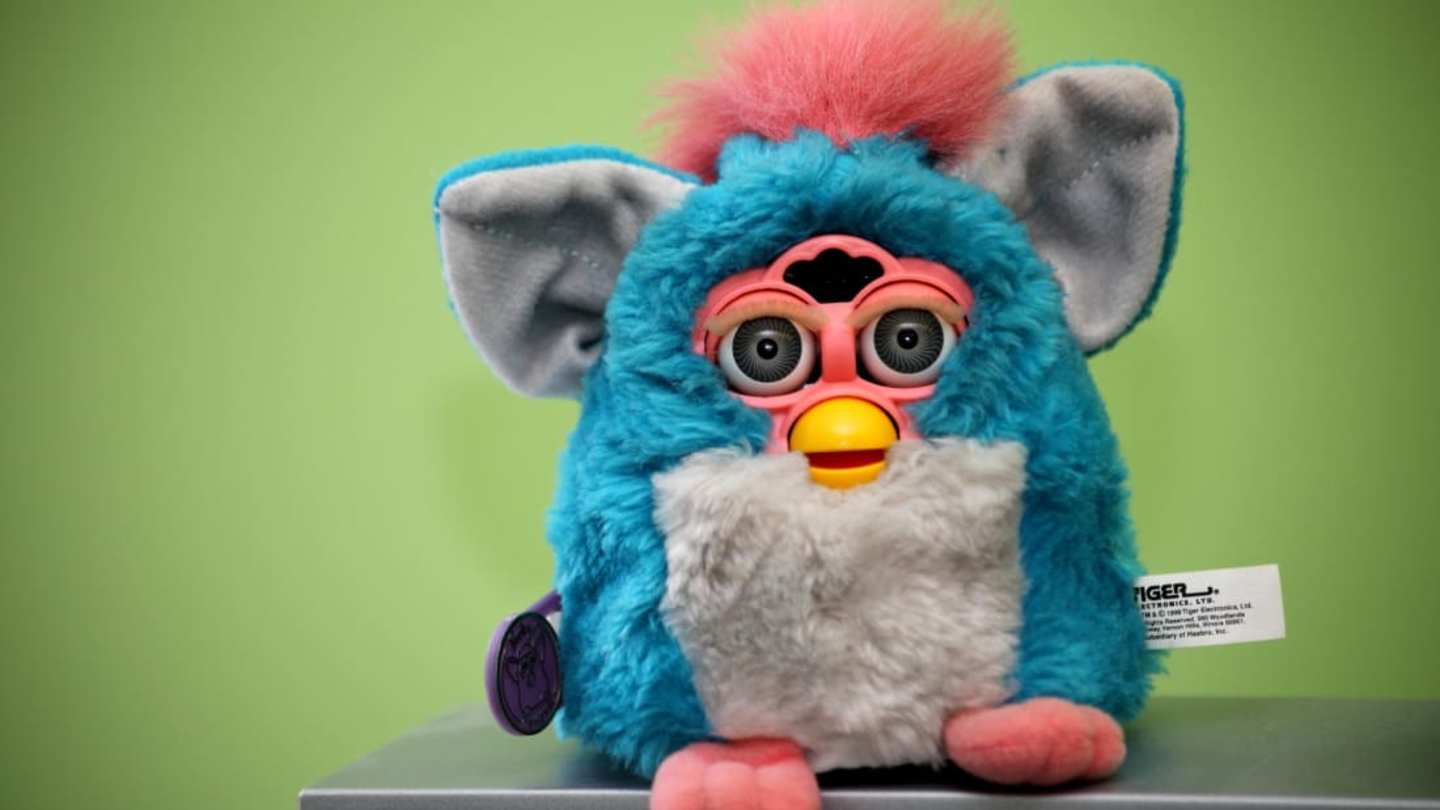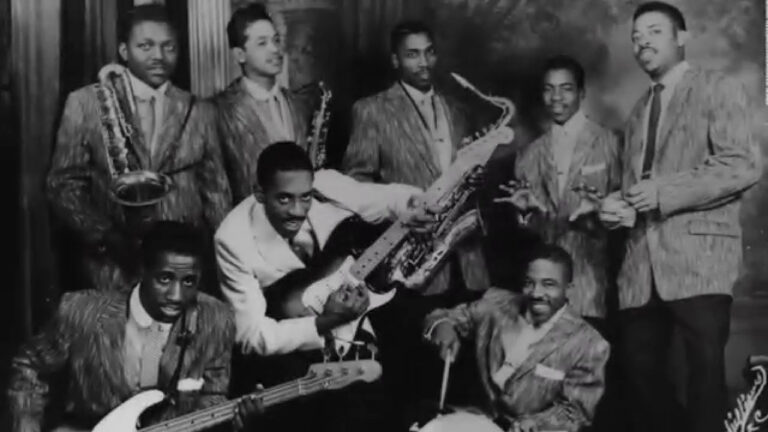Imagine the year is 1998. Toy stores are bursting with bright colors and playful sounds, but one particular creature has captured the attention of kids (and their parents) everywhere: the Furby. These fuzzy, wide-eyed creatures with their quirky language and adorable antics quickly became a Global Sensation. But alongside the excitement, a wave of mystery and speculation began to swirl around these lovable toys.
Parents were suddenly hearing whispers of strange phenomena happening in their homes – Furbys seemingly repeating their children’s Bedtime Stories, mimicking conversations overheard from another room, or even uttering cryptic phrases in Their Own Gibberish Language. Were these just innocent coincidences, or was there something more sinister at play? This was the beginning of the Furbies Conspiracy Theory Craze, a whirlwind of unfounded myths and fears that would quickly grip the nation.
These theories ranged from the outlandish to the downright bizarre. Some people believed Furbys possessed a Hidden Intelligence, capable of learning complex tasks like driving cars or even launching space shuttles! Others claimed they were secretly recording conversations, leading to bans on Furbies in sensitive areas like the Pentagon and even The Norfolk Naval Shipyard. The possibilities seemed endless, fueled by a mix of paranoia and a fascination with the unknown.
The Rise of the Furby Phenomenon
The seeds of Furbymania were sown in 1998 when these quirky creatures first landed on toy shelves. Designed by the clever minds at Tiger Electronics, Furbies weren’T Just Another Plush Toy; they were interactive companions with a Unique Language Called “Furbish,” a blend of gibberish and real words that seemed to evolve as They Learned. Their large, Expressive Eyes Blinked, their mouth moved in perfect sync with their chirps and whistles, and they responded to touch and sound, creating an incredibly engaging experience for children.
Parents were initially drawn to the educational aspect of Furbies – They Encouraged Language Development, Creative Play, and even a bit of problem-solving as kids tried to decipher Their Strange Lingo. But it wasn’t long before the fascination spread beyond the playground and into living rooms across America. Everyone wanted a Furby! Lines stretched around blocks, stores sold out in minutes, and even online auctions saw prices skyrocket for these coveted toys. The Furbies conspiracy theories, fueled by this widespread frenzy, only added to the intrigue and Mystery Surrounding These Furry Companions.
 Sitcom Couches: Iconic Sofas That Define TV Families
Sitcom Couches: Iconic Sofas That Define TV FamiliesThe media couldn’t get enough of the story either. Television news segments dissected Furby behavior, magazines ran cover stories on their Rapid Ascension To Fame, and talk shows debated the potential dangers and benefits of owning a Furby. It was a cultural phenomenon unlike Anything Seen Before, with Furbies becoming more than just toys; they were symbols of the rapidly evolving world of technology and the power of collective imagination.
Debunking the Language Learning Myth
One of the most persistent rumors surrounding Furbies was their supposed ability to learn and mimic human languages with alarming accuracy. Parents worried that their children’s bedtime stories or even casual conversations were being picked up and replayed by these furry eavesdroppers. This fear wasn’T Entirely Unfounded, as early models of Furbies did have a rudimentary voice recognition system.
However, the reality was far less sinister. While Furbies could respond to certain words and phrases, their “learning” capabilities were limited to a pre-programmed vocabulary and simple sound associations. They weren’t actually understanding or memorizing conversations in any meaningful way. Think of it like this: instead of truly learning, Furbies were more like parrots, repeating sounds they had heard before in specific contexts.
This misunderstanding likely stemmed from the mysterious nature of Furby’s “Furbish” language, which initially seemed like a complex code only decipherable by those who Shared Its Secrets. As children started to learn the basics of Furbish, they were able to convince themselves (and sometimes their parents!) that Furbies were truly communicating in a sophisticated way. The truth, Though Less Dramatic, was still quite fascinating – these toys cleverly used simple technology to create an illusion of intelligence and interactive learning.
Conspiracy Theories and Government Bans
As the Furby craze reached fever pitch, so did the conspiracy theories surrounding These Fuzzy Companions. Some believed that Furbies were secretly government-Designed Surveillance Devices, capable of recording conversations and transmitting Information Back To Shadowy Organizations. This fueled wild speculation about hidden microphones, coded messages embedded in their gibberish language, and even plans to use Furbies for mind control!
The paranoia reached such levels that several government agencies reportedly took action. The Nsa, the Pentagon, and even The Norfolk Naval Shipyard were said to have banned Furbies from their premises due to concerns About National Security Risks. The Faa also joined in on the frenzy, restricting Furbies from airplanes because of fears they could interfere with flight equipment. While these bans were never officially confirmed, they only added fuel to the fire of the Furbies conspiracy, further cementing the image of Furbies as enigmatic and potentially dangerous.
These theories often played on existing anxieties about technology and government overreach, tapping into a deep-seated fear of the unknown. While these claims were ultimately debunked, they serve as a fascinating reminder of how quickly rumors can spread and take on a life of Their Own, particularly in the age of mass media and instant communication.
Electromagnetic Radiation Fears
As the popularity of Furbies soared, so did anxieties about their potential impact on human health. Some people worried that these furry Creatures Emitted Harmful Electromagnetic Radiation, possibly disrupting medical devices or even causing long-Term Health Problems. The idea that a toy could pose such a risk was unsettling To Many Parents, especially those with young children who played with Furbies for hours on end.
These concerns led to several investigations and studies aimed at assessing the potential health risks associated with Furbies. While some early findings suggested that Furbies did emit low levels of Electromagnetic Radiation, subsequent research concluded that these emissions were far too weak to cause Any Harm. The fears surrounding Electromagnetic Radiation proved to be largely unfounded, but they highlight a common tendency to perceive new technologies as inherently dangerous, especially when they involve complex concepts that are difficult to understand.
Despite the scientific reassurances, the narrative of Furbies posing a health threat persisted in some circles. This demonstrates how rumors and anxieties Can Sometimes Outlive evidence-Based Information, Particularly When They Tap Into pre-existing fears about the unknown or the potential dangers of technological advancements.
Beyond the Myths: Understanding Furbys’ Appeal
While the myths and conspiracy theories surrounding Furbies certainly added to their allure, there was a genuine appeal that went beyond the sensationalism. At their core, Furbies offered something unique and engaging: a blend of interactive technology and whimsical design that captured the imaginations of children and adults alike.
Their fuzzy appearance, Expressive Eyes, and quirky language created a sense of personality and playfulness that was Instantly Endearing. The fact that they seemed to “evolve” and learn over time, developing new phrases and interacting in More Complex Ways, added another layer of fascination. Furbies provided a tangible experience of Artificial Intelligence, albeit a simplified one, which sparked curiosity and wonder about the potential of technology to mimic Human Behavior.
Beyond the novelty factor, Furbies also tapped into a universal desire for connection and companionship. Their ability to respond to touch, sound, and even emotions made them feel Like More Than Just Toys – they became interactive companions that children could build relationships with. This sense of emotional engagement contributed to their enduring popularity and cemented their place in pop culture history.










